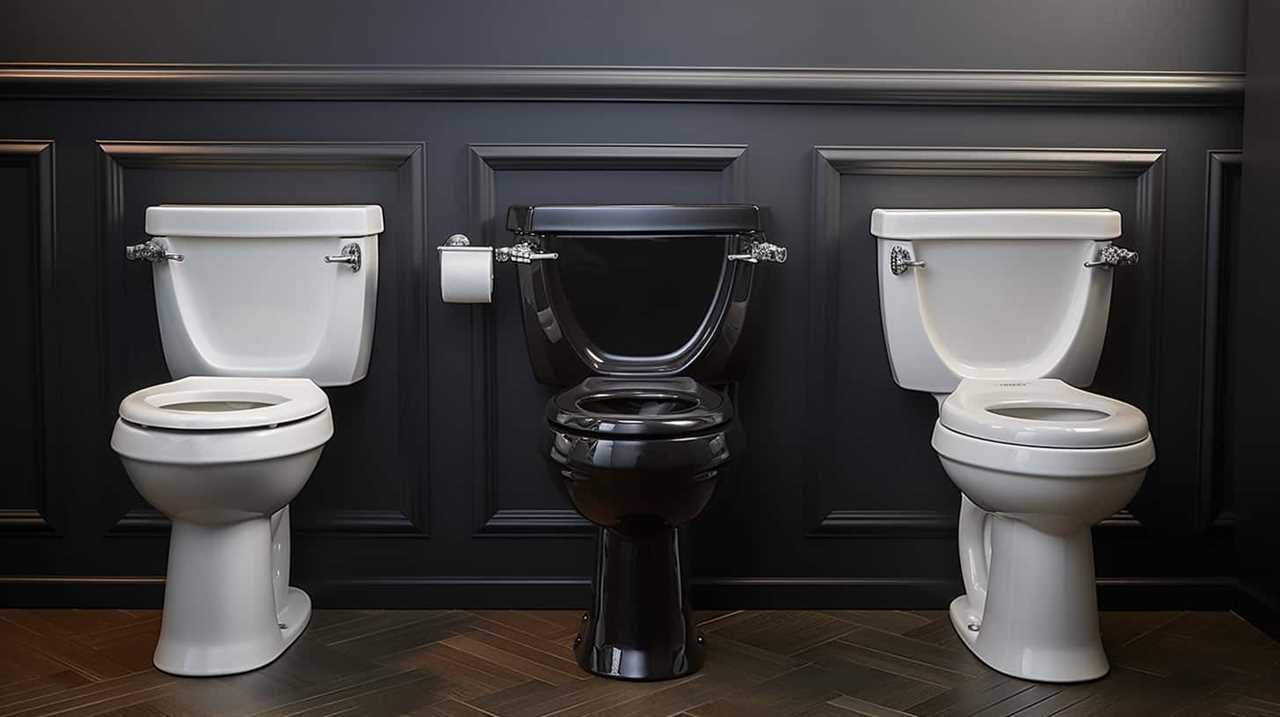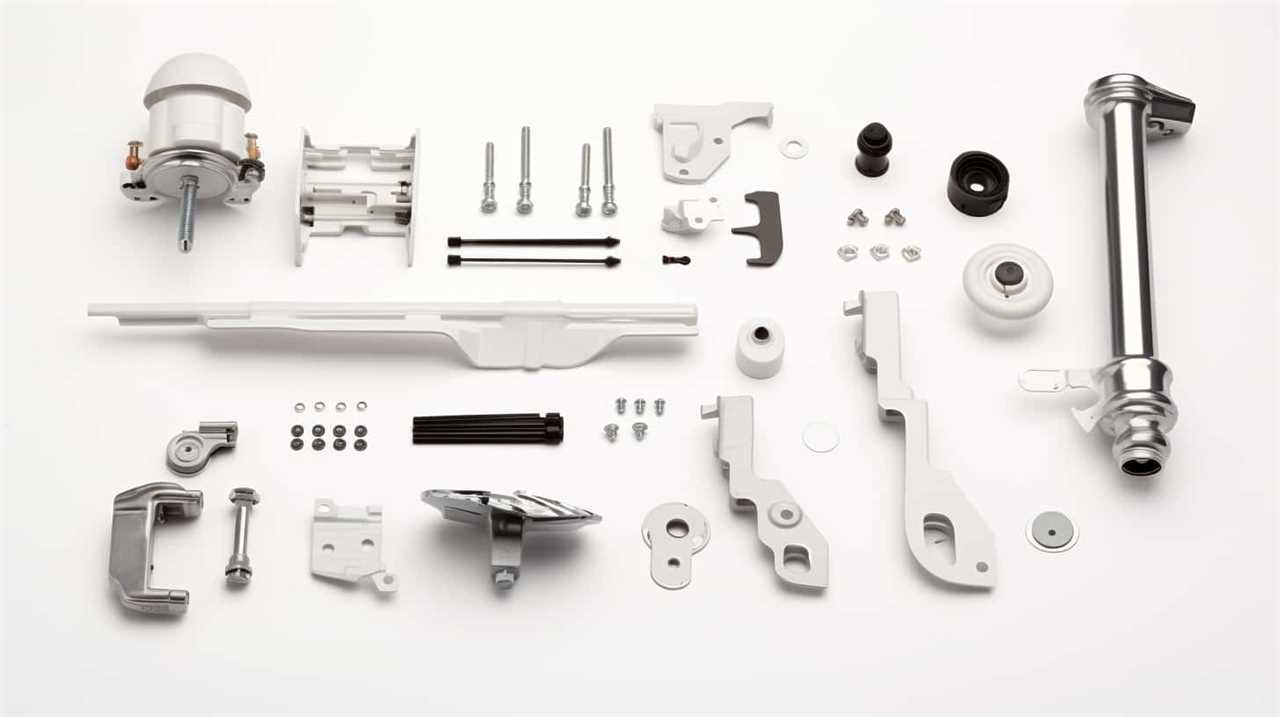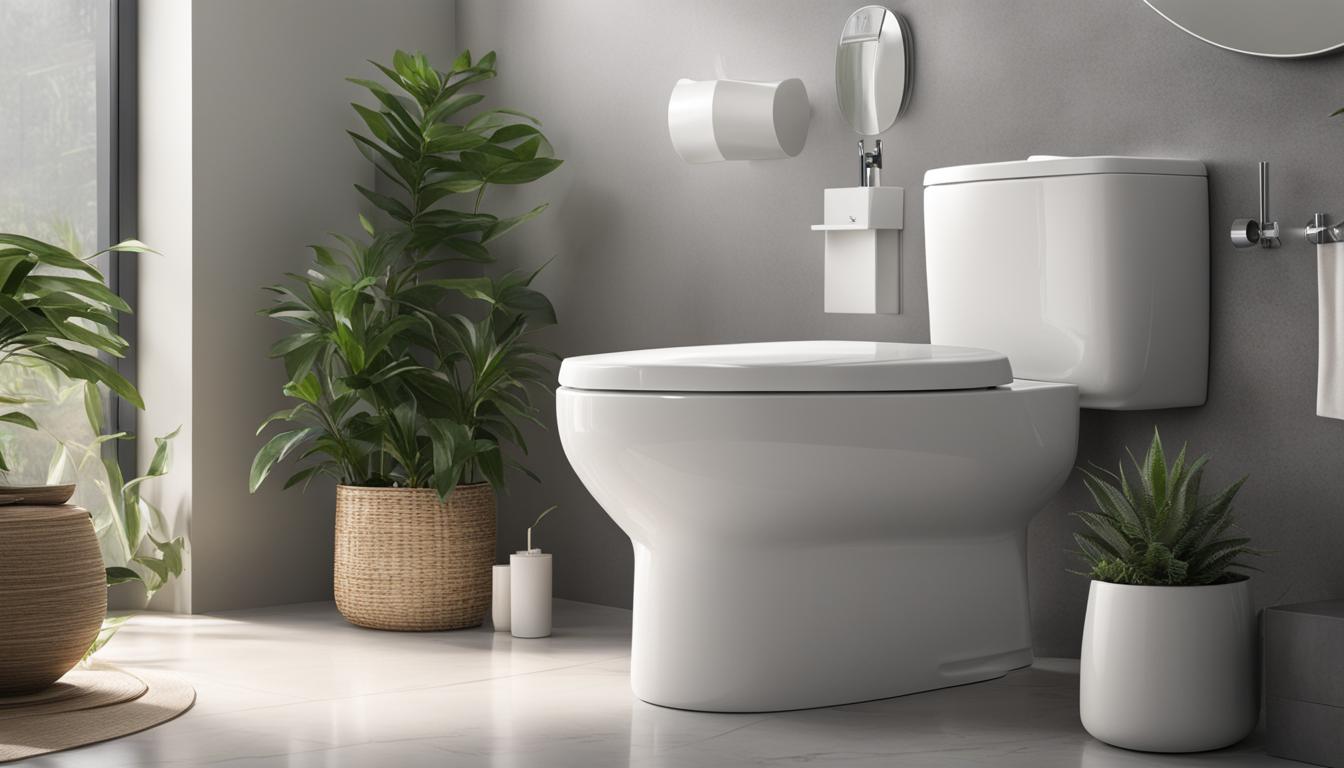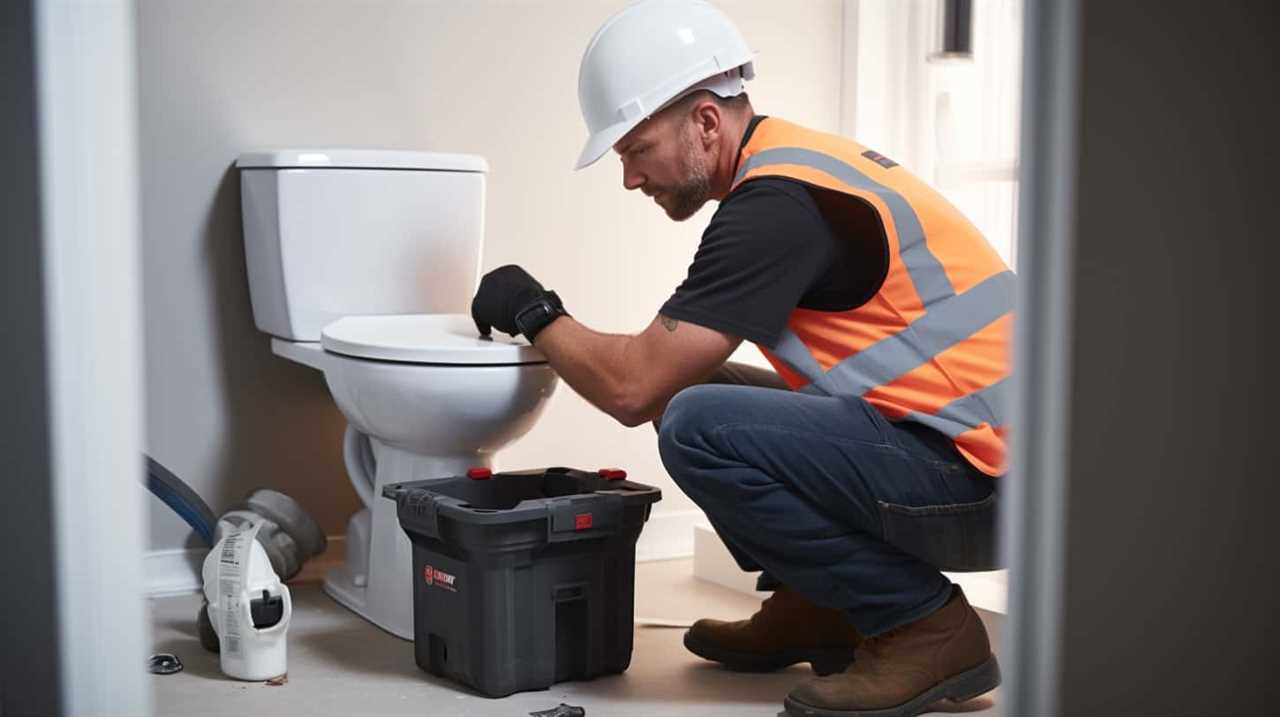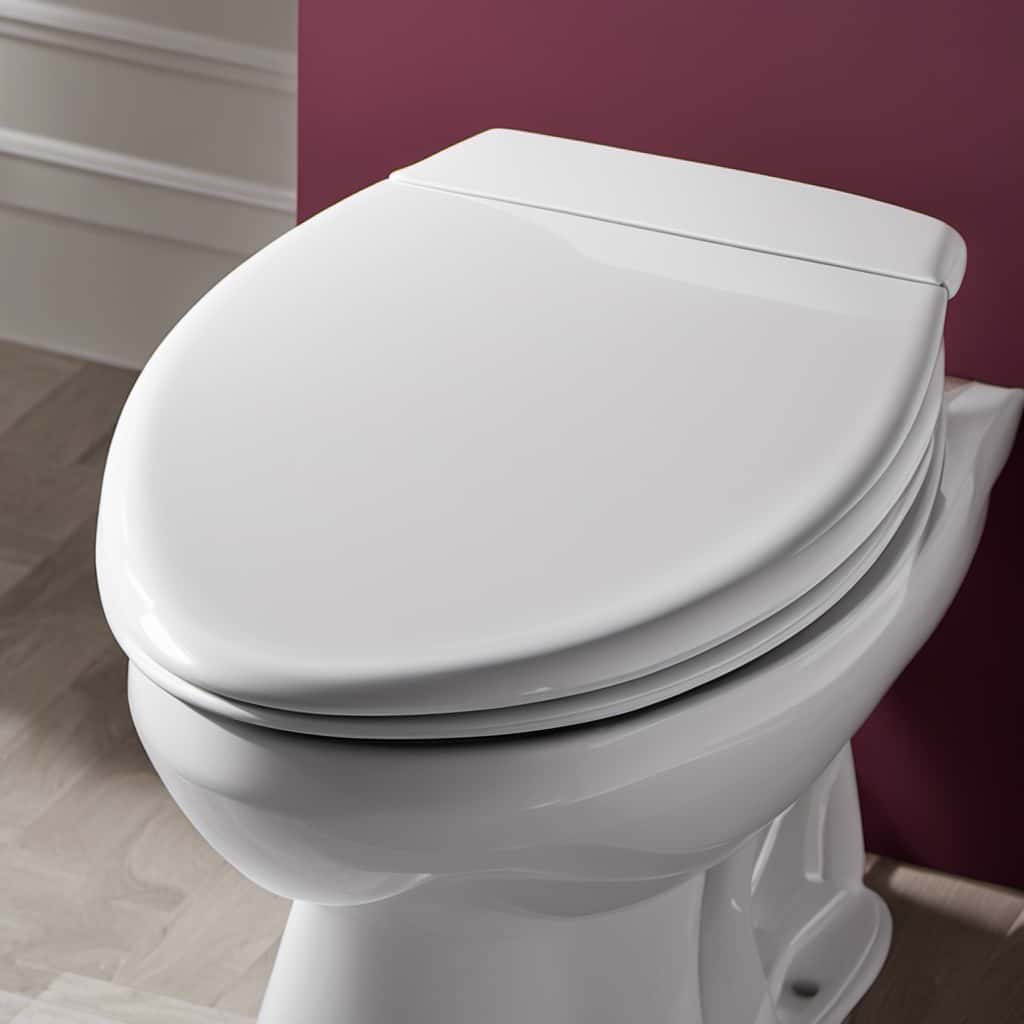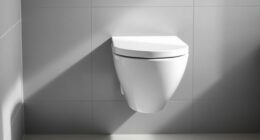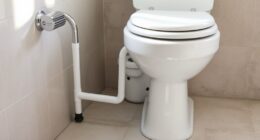Have you ever experienced the annoyance of a continuously flushing toilet? Don’t worry, we have a solution for you.
In this step-by-step guide, we’ll show you how to fix that pesky problem and regain control of your bathroom. From checking the flapper valve to testing the overflow tube, we’ll walk you through each necessary task to get your toilet working like new again.
Get ready to master the art of toilet repair!
Key Takeaways
- The flapper valve may need to be checked and replaced if it is worn or damaged.
- The fill valve can be adjusted by turning a screw or knob on top of it to decrease the water level.
- The float and float arm should be inspected and adjusted or replaced as needed.
- The flush valve seal may need to be cleaned or replaced if it is dirty, cracked, or worn.
Check the Flapper Valve
First, we need to check the flapper valve to determine if it’s causing the toilet to continue flushing. The flapper valve is a common culprit for a toilet that won’t stop flushing.

To begin, turn off the water supply to the toilet by locating the shut-off valve behind the toilet and turning it clockwise. Next, flush the toilet to drain the tank completely. Once the tank is empty, inspect the flapper valve for any signs of wear or damage. If you notice any cracks or deterioration, it’s necessary to replace the flapper valve.
To do this, first, remove the chain from the flush lever and detach the flapper valve from the overflow tube. Then, install the new flapper valve by attaching it to the overflow tube and reconnecting the chain. Finally, turn on the water supply and test the toilet to ensure the flapper valve replacement has resolved the issue.
Now, let’s move on to the next step: adjusting the fill valve.
Adjust the Fill Valve
To continue troubleshooting a toilet that won’t stop flushing, we need to address the next step: adjusting the fill valve.
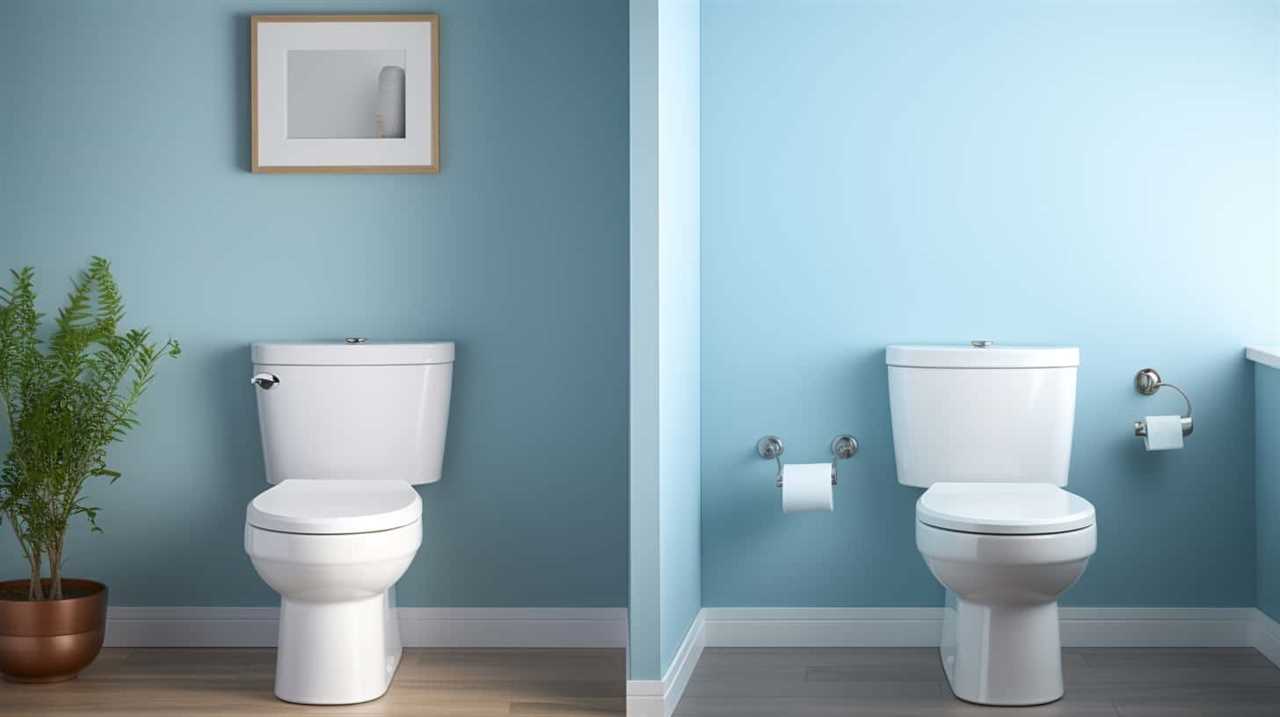
The fill valve controls the water level in the tank and ensures proper flushing. If the fill valve isn’t adjusted correctly, it can cause the toilet to continuously flush.
Here’s how to adjust the fill valve:
- Turn off the water supply to the toilet.
- Remove the tank lid and locate the fill valve.
- Look for a screw or a knob on the top of the fill valve.
- Turn the screw or knob clockwise to decrease the water level or counterclockwise to increase it.
- Flush the toilet and check if it stops flushing.
If adjusting the fill valve doesn’t fix the problem, you may need to replace the fill valve to troubleshoot the flushing mechanism further.
Inspect the Float and Float Arm
Let’s examine the float and float arm to troubleshoot a toilet that won’t stop flushing. The float and float arm play a crucial role in regulating the water level in the toilet tank.

When the toilet is flushed, the float drops, allowing water to enter the tank. As the water level rises, the float rises with it, eventually reaching a point where it shuts off the water flow. If the float isn’t functioning properly, it may not rise to the correct level, causing the toilet to continuously flush.
To troubleshoot this issue, start by visually inspecting the float and float arm for any signs of damage or misalignment. Ensure that the float arm is properly connected to the fill valve. If any issues are found, adjust or replace the float and float arm as needed.
Once the float and float arm are in good working condition, you can proceed to the next step of troubleshooting, which is to clean or replace the flush valve seal.
Clean or Replace the Flush Valve Seal
After inspecting the float and float arm, it’s important to address the next step in troubleshooting a toilet that won’t stop flushing: cleaning or replacing the flush valve seal. The flush valve seal is responsible for creating a watertight seal between the tank and the bowl. Over time, it can become worn or damaged, causing a continuous flush.

To clean or replace the flush valve seal, follow these steps:
- Turn off the water supply to the toilet by shutting off the valve located behind the toilet.
- Flush the toilet to drain the water from the tank.
- Remove the toilet tank lid and locate the flush valve seal.
- If the seal appears dirty or clogged, clean it using a soft brush and mild detergent. Rinse thoroughly.
- If the seal is cracked or worn, it’s recommended to replace it with a new one.
- Reinstall the flush valve seal, making sure it’s properly seated and forms a tight seal.
- Turn on the water supply and test the toilet by flushing it.
By following these steps, you can effectively clean or replace the flush valve seal to resolve a toilet that won’t stop flushing.
Remember to also check for other potential issues such as a faulty toilet handle or a clogged toilet, as these can also contribute to the problem.
Test the Overflow Tube
Now, how do we determine if the overflow tube is the culprit for a toilet that won’t stop flushing? Testing the overflow tube is a crucial step in troubleshooting common issues with toilet flushing. Here’s a step-by-step guide to help you identify and address any problems with the overflow tube.
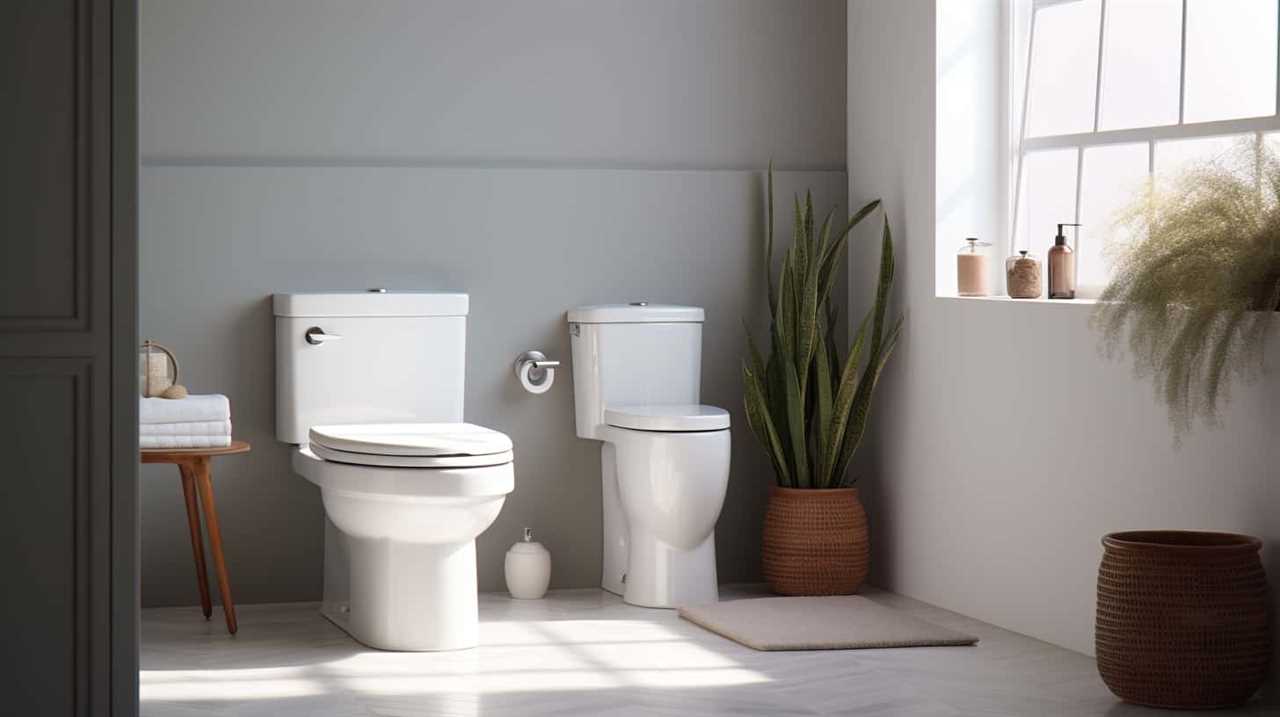
- Start by removing the toilet tank lid and locating the overflow tube. It’s a vertical tube positioned near the center of the tank.
- Check if the water level in the tank is above the overflow tube. If it is, then the overflow tube isn’t the issue.
- If the water level is below the top of the overflow tube, take a pencil or a small stick and gently push down the float ball or cup on the fill valve. This should stop the water from flowing into the overflow tube.
- If the water stops flowing, the float ball or cup may be misaligned or damaged. Adjust or replace it accordingly.
- If the water continues to flow into the overflow tube, the fill valve may be faulty and needs to be replaced.
- Once you’ve addressed any issues with the overflow tube, test the toilet by flushing it to ensure that the problem has been resolved.
Frequently Asked Questions
How Much Does It Cost to Fix a Toilet That Won’t Stop Flushing?
When a toilet won’t stop flushing, it can be frustrating. You may wonder about the cost of professional repair and DIY solutions. Let’s explore the steps to fix it and evaluate the expenses involved.
Can I Fix a Toilet That Won’t Stop Flushing Without Calling a Plumber?
We can temporarily fix a toilet that won’t stop flushing without calling a plumber. DIY solutions include adjusting the float ball, replacing the flapper valve, or cleaning the fill valve. Let’s get started!
What Are the Signs That Indicate a Problem With the Toilet’s Flapper Valve?
When troubleshooting a toilet flushing issue, it’s important to check for signs of a faulty flapper valve. These signs include continuous water flow, a weak flush, or a toilet that won’t stop running. Toilet flapper replacement may be necessary.
Can a Faulty Float Arm Cause a Toilet to Constantly Flush?
A faulty float arm can indeed cause a toilet to constantly flush. To troubleshoot this issue, start by turning off the water supply, adjusting or replacing the float arm, and then testing for proper flushing.
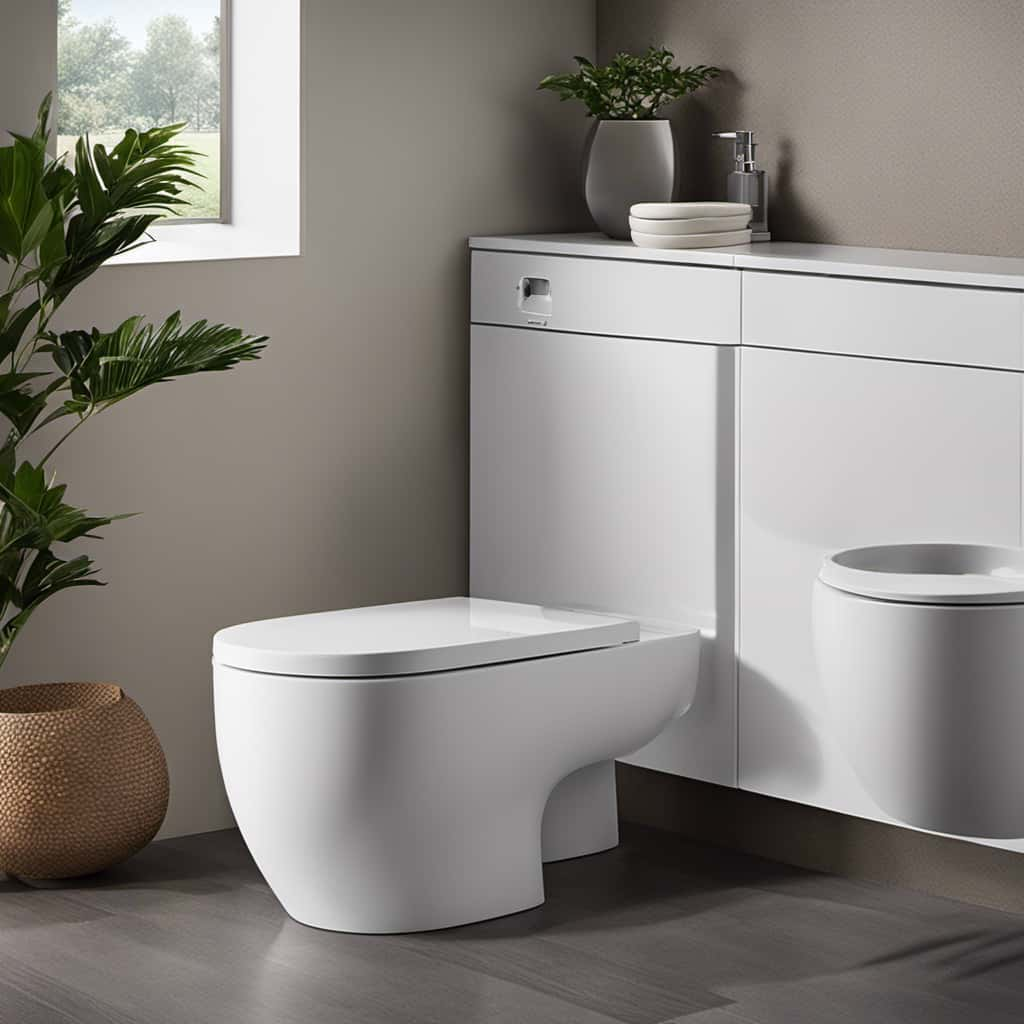
Are There Any Temporary Fixes for a Toilet That Won’t Stop Flushing?
Temporary fixes for a toilet that won’t stop flushing can include adjusting the float arm or chain length, checking the flapper valve, or cleaning the fill valve. These troubleshooting tips can help resolve the issue until a permanent fix is implemented.
Conclusion
In conclusion, by following these step-by-step instructions, you can easily fix a toilet that won’t stop flushing.
Start by checking the flapper valve and adjusting the fill valve if necessary.
Then, inspect the float and float arm, and clean or replace the flush valve seal if needed.
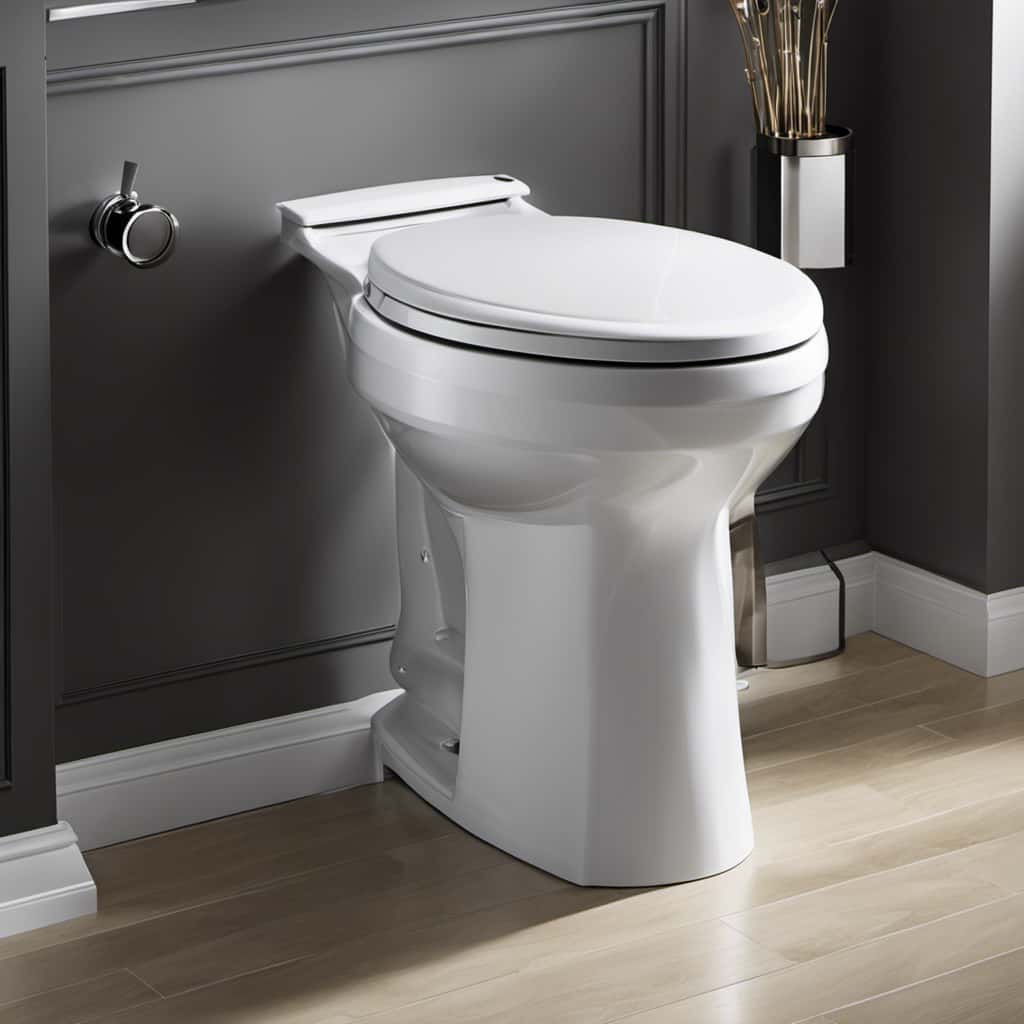
Finally, don’t forget to test the overflow tube.
By doing these simple troubleshooting steps, you can ensure a properly functioning toilet in no time.
